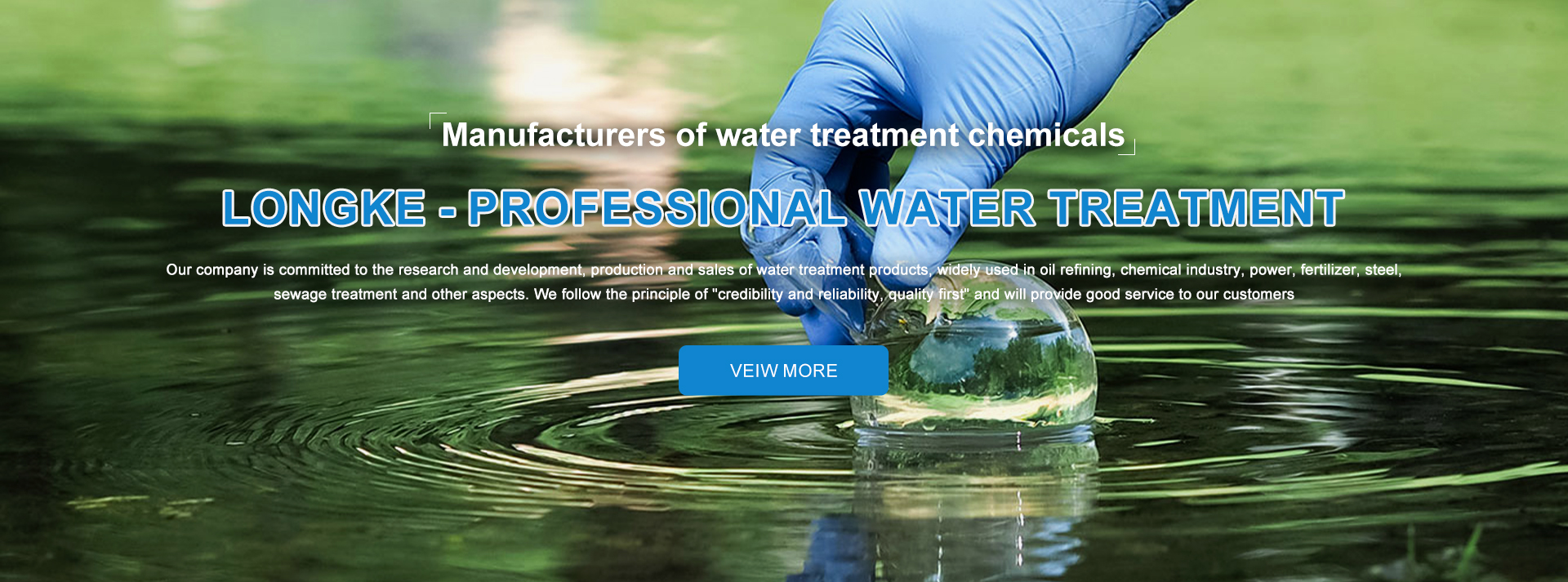Effective Approaches in PAM Water Treatment Techniques for Enhanced Purification
Understanding PAM Water Treatment A Vital Component of Water Purification
Water is an essential resource for all forms of life, and yet, ensuring its purity can be a complex task. Among modern water treatment methods, Polyacrylamide (PAM) has emerged as a pivotal agent in enhancing water quality. This article will delve into the characteristics, applications, benefits, and environmental considerations of PAM in water treatment.
What is Polyacrylamide (PAM)?
Polyacrylamide is a synthetic polymer that is primarily used in water treatment processes. It is known for its ability to improve the settling of suspended solids in water, making it easier to remove impurities. PAM is produced by the polymerization of acrylamide monomers, which can be tailored to achieve varying molecular weights and charge densities. These features enable PAM to be utilized in diverse applications, including municipal wastewater treatment, industrial effluent management, and soil stabilization.
Applications in Water Treatment
PAM is extensively used in various facets of water treatment
1. Municipal Wastewater Treatment In municipal facilities, PAM helps in flocculating suspended particles, making them aggregate into larger clusters, which can then be easily removed. This process is crucial for reducing the quantity of pollutants in treated water before discharge or reuse.
2. Industrial Effluent Treatment Many industries generate wastewater containing high levels of contaminants. PAM is used here to enhance the removal of oils, heavy metals, and other toxic substances, thereby ensuring compliance with environmental regulations.
3. Drinking Water Purification PAM can also play a role in drinking water treatment, particularly during the coagulation phase. It aids in the clarification process, removing turbidity and pathogens from the water, hence securing safe drinking water for the population.
pam water treatment

4. Sludge Management PAM assists in the dewatering of sludge generated from wastewater treatment. This process reduces the volume of sludge, making it more manageable for disposal or further treatment.
Benefits of Using PAM
The use of Polyacrylamide in water treatment comes with numerous benefits
- Improved Efficiencies PAM enhances the effectiveness of the treatment process, leading to higher quality output water. - Reduced Chemical Usage By improving flocculation, PAM can decrease the need for additional chemicals, thereby lowering operational costs and toxicity. - Versatile Functionality Its varied formulations can be customized to address specific treatment needs, whether for municipal or industrial applications.
Environmental Considerations
While PAM offers significant advantages in water treatment, it is essential to acknowledge environmental considerations. Some concerns revolve around the leaching of acrylamide, a toxic compound, into water systems. To mitigate these risks, the use of PAM should be carefully monitored and regulated. Additionally, the biodegradability of PAM is a topic of ongoing research. It is crucial to develop and utilize PAM formulations that minimize potential environmental impacts while maintaining their functional efficacy.
Conclusion
Polyacrylamide is an invaluable asset in the realm of water treatment, offering enhanced purification methods that cater to both environmental and health standards. Its applications range widely, from municipal wastewater treatment to industrial effluent management, underscoring its versatility. As we continue to face global water scarcity and pollution challenges, the systematic incorporation of PAM in water treatment processes will be instrumental in delivering clean and safe water to communities. However, balanced application and stringent regulation are necessary to harness its benefits while safeguarding the environment. Through responsible use and ongoing research, PAM can play a crucial role in the sustainable management of one of our most precious resources water.
-
Water Treatment with Flocculant Water TreatmentNewsJun.12,2025
-
Polymaleic AnhydrideNewsJun.12,2025
-
Polyaspartic AcidNewsJun.12,2025
-
Enhance Industrial Processes with IsothiazolinonesNewsJun.12,2025
-
Enhance Industrial Processes with PBTCA SolutionsNewsJun.12,2025
-
Dodecyldimethylbenzylammonium Chloride SolutionsNewsJun.12,2025





